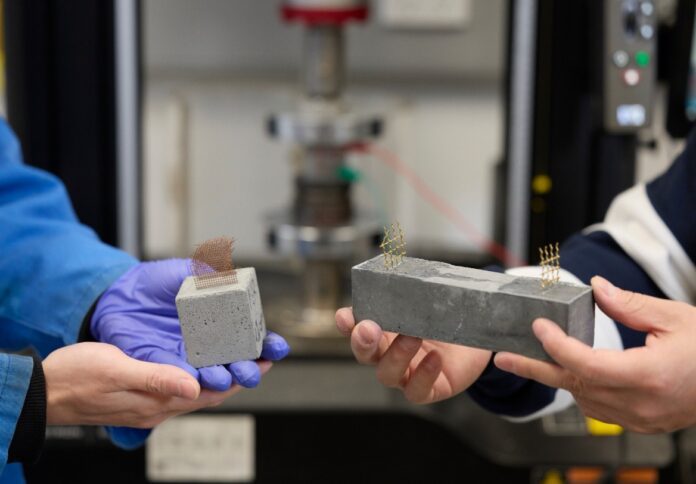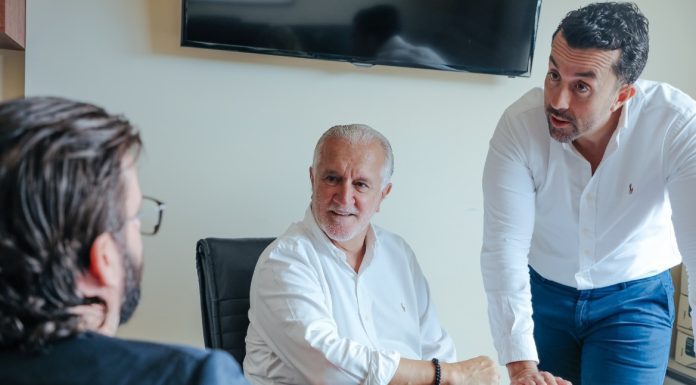
Around 70 per cent of the world’s population resides in structures made of concrete, making it the second most used material in construction after water, UNSW Sydney researchers said in a news release.
However, the production of concrete is responsible for over 8 per cent of global carbon emissions, prompting experts to explore innovative ways to enhance its functionality and sustainability.
One such innovation is ‘smart concrete.’ This includes cement-based sensors capable of detecting microscopic cracks invisible to the naked eye and sustainable concrete formulations that significantly reduce fossil fuel use in cement production.
These advancements are being spearheaded by researchers like Scientia Associate Professor Wengui Li from the School of Civil and Environmental Engineering, who is focused on revolutionising concrete’s performance and sustainability.
According to the university, Professor Li’s interest in concrete stemmed from his work on seismic design, aimed at helping buildings withstand earthquakes.
“I think in Australia, and over the world, more and more researchers are doing work in concrete materials,” he noted.
Li’s team is currently testing self-sensing concrete, which uses conductive materials to detect ‘piezoresistivity,’ or changes in electrical resistance under pressure.
These sensors could significantly improve the maintenance of large apartment buildings by identifying cracks early, thus preventing costly repairs or demolitions.
Li explained that these sensors offer advantages over traditional methods, such as strain gauges and optical fibres, due to their higher sensitivity, lower cost, and greater durability.
Beyond detection, repairing concrete cracks is a critical focus. Reinforced concrete, commonly used today, can start to decay within 50 years due to rusting steel inside.
This phenomenon, known as ‘concrete cancer,’ is being addressed by Li’s team through self-healing concrete.
By incorporating a crystalline mixture, they have achieved healing of hairline cracks within two weeks, which not only improves safety but also reduces emissions by cutting down on cement production.
Researchers said that another significant innovation is the development of geopolymer concrete, which eliminates the need for cement by using industrial byproducts like coal ash and iron slag.
Although currently more expensive to produce, this form of concrete has been used successfully in large-scale projects, demonstrating its potential.
Li emphasized the importance of exploring other alternatives, such as calcined clay and volcanic ash, to make the production more cost-effective and sustainable.
In addition, researchers are experimenting with photocatalytic concrete, which uses titanium dioxide and light to clean air pollution from vehicle exhausts.
Professor Li said he believes the next decade will see significant advancements in multifunctional concrete moving from laboratory research to commercial application.
“Soon, more and more innovations will be moved out of labs and into the field for commercialisation,” he predicted.




















